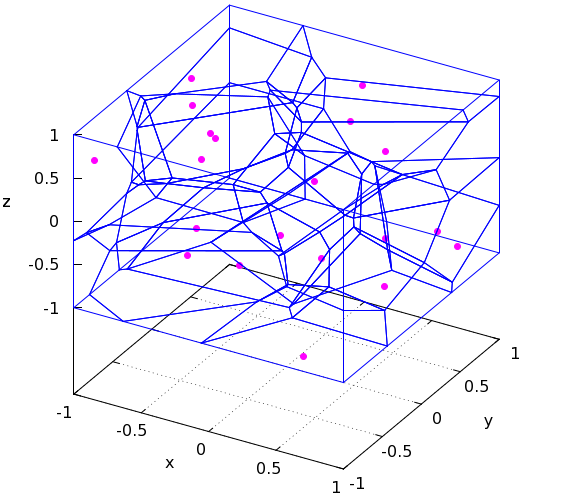
It is an irregular biomimetic pattern based on the Voronoi diagram, which derives from the direct observation of natural structures. In the context of innovative patterns for tall buildings, Voronoi tessellation is certainly worthy of interest. In the academic field, new possibilities that use of the Voronoi diagram can provide for urban design and spatial design are being evaluated. Architects use the Voronoi diagram especially to obtain an organic structure and natural pattern in facade designs. Use of Voronoi diagram in fields such as architecture and urban design has increased with the widespread of use of parametric design in architecture. Points can be placed as spontaneously or can be determined in the direction of a certain data and tessellation can be provided accordingly. The diagram uses points to create cells that surround these points. The Voronoi diagram is a system that divides the space into sub-spaces in an organic way. Architects and designers use this diagram to obtain a more organic looking design, rather than imitate directly from nature.

Voronoi diagrams also known as Voronoi tessellations emerge at different scales in nature’s cell structures, honeycomb and animals fur patterns. Architects and designers take advantages of aesthetic features and structural systems of the objects found in the nature. Inspiration from nature in the design process is a very widely used method.


 0 kommentar(er)
0 kommentar(er)
